Integrated hydraulic winches are crucial tools in many heavy-duty applications, such as construction, marine, mining, and oil and gas operations. These winches harness the power of hydraulic systems to lift, pull, and position heavy loads with high precision and reliability. One of the key advantages of an integrated hydraulic winch is its superior power-to-weight ratio. The hydraulic system allows the winch to deliver significant force while maintaining a relatively compact and lightweight design. Unlike mechanical winches, which require heavy gears and larger motors, the hydraulic system utilizes fluid pressure to generate force, which results in a more powerful yet lightweight unit. This compactness makes the winch easier to install and operate without the need for bulky equipment, ultimately improving efficiency by reducing the need for additional machinery or manual labor.
Another significant benefit of hydraulic winches is the precision they offer in controlling the winching process. Hydraulic systems provide smooth and consistent power, which translates to enhanced control over the speed and force applied during operation. This feature is particularly important in environments where accuracy is critical, such as in offshore drilling rigs, construction sites, or during delicate marine operations like mooring ships. Operators can fine-tune the winch’s performance to ensure that heavy loads are lifted or moved without causing damage or instability, which increases both safety and operational efficiency. The hydraulic system also allows for seamless adjustments without manual intervention, reducing the time it takes to complete tasks and allowing for faster turnarounds on projects.
Integrated hydraulic winches are also designed to perform well in harsh and demanding environments. In many heavy-duty industries, equipment is exposed to extreme conditions such as high temperatures, corrosive environments, or rough terrain. Hydraulic systems are generally more resilient in these situations compared to electrical or mechanical systems, which can overheat or fail under pressure. The hydraulic components in the winch are built to withstand these extreme conditions, reducing the likelihood of breakdowns and minimizing the downtime associated with maintenance or repairs. This reliability ensures that operations continue smoothly, reducing interruptions and improving overall productivity.
Hydraulic winches contribute to greater safety and operator comfort. Traditional winches often require significant manual effort, which can lead to operator fatigue and increase the risk of accidents. With hydraulic winches, much of the work is automated, reducing the physical strain on workers. Many hydraulic winches come with advanced control systems, such as remote operation or joystick controls, allowing operators to manage the winch from a safe distance. This ease of use means that workers can focus on their tasks without being physically exhausted, which also leads to fewer errors and a safer work environment. The reduced need for manual labor can help to minimize the risk of repetitive stress injuries, contributing to long-term operational efficiency and workforce well-being.
Another key factor that enhances the efficiency of integrated hydraulic winches is their ability to handle large loads with minimal effort. The hydraulic system is capable of providing a significant amount of force relative to its size, which makes it ideal for applications requiring heavy lifting or pulling. Whether it’s hoisting massive loads in construction or repositioning heavy equipment in mining or marine settings, hydraulic winches excel in applications where other types of winches might struggle. This capability reduces the need for multiple winches or additional machinery, ultimately streamlining operations and improving cost efficiency. The ability to manage heavy loads with fewer resources translates into a more efficient and productive workflow.
The longevity of integrated hydraulic winches also plays a role in their efficiency. Hydraulic winches experience less wear and tear compared to mechanical or electrical winches, largely due to their smooth and controlled operation. The absence of high-friction components, which are common in mechanical winches, means that hydraulic systems last longer and require less maintenance. This durability ensures that operations can continue without frequent equipment failures, reducing downtime and maintenance costs. Fewer parts to replace or repair mean that the winch is more cost-effective in the long run, further enhancing its overall efficiency.

 ENG
ENG
 English
English русский
русский Español
Español
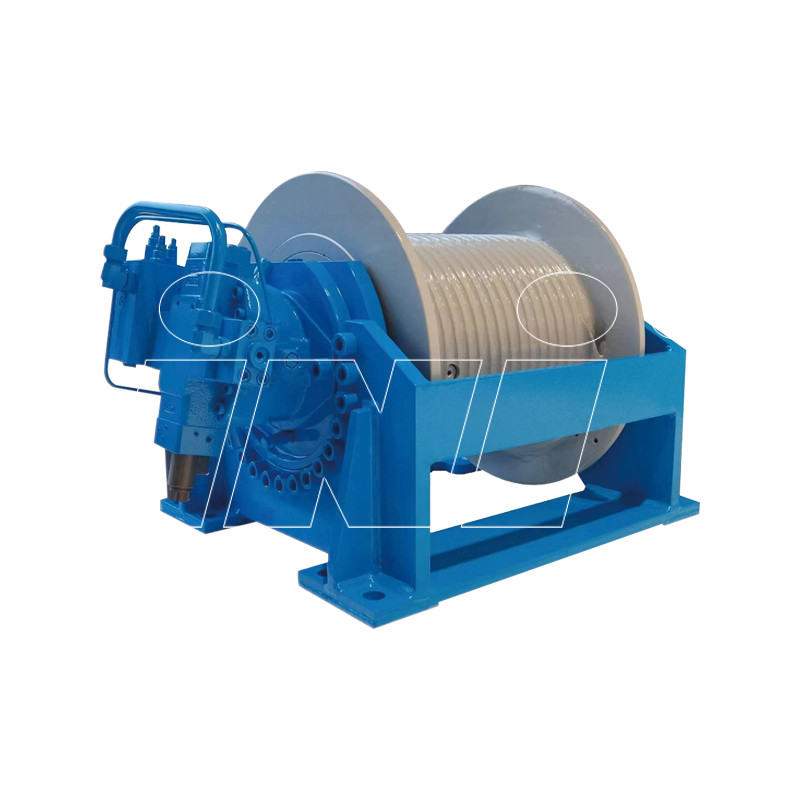
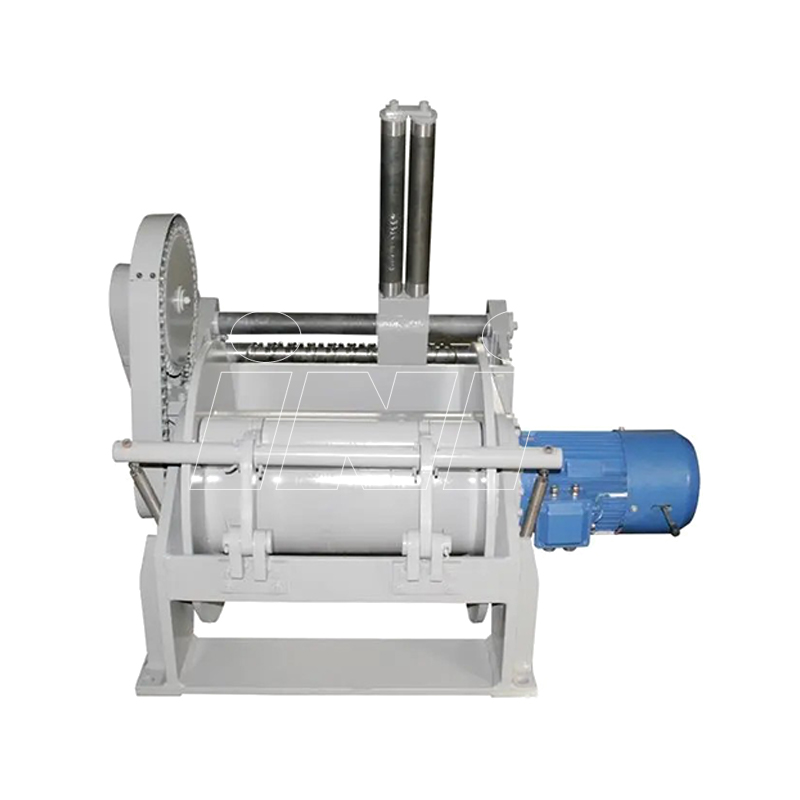
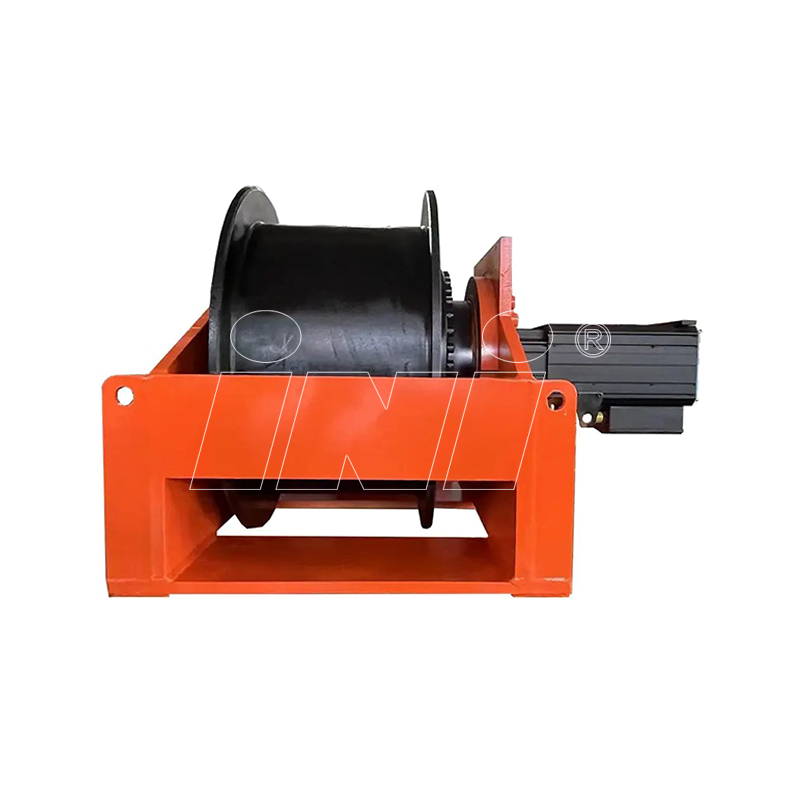

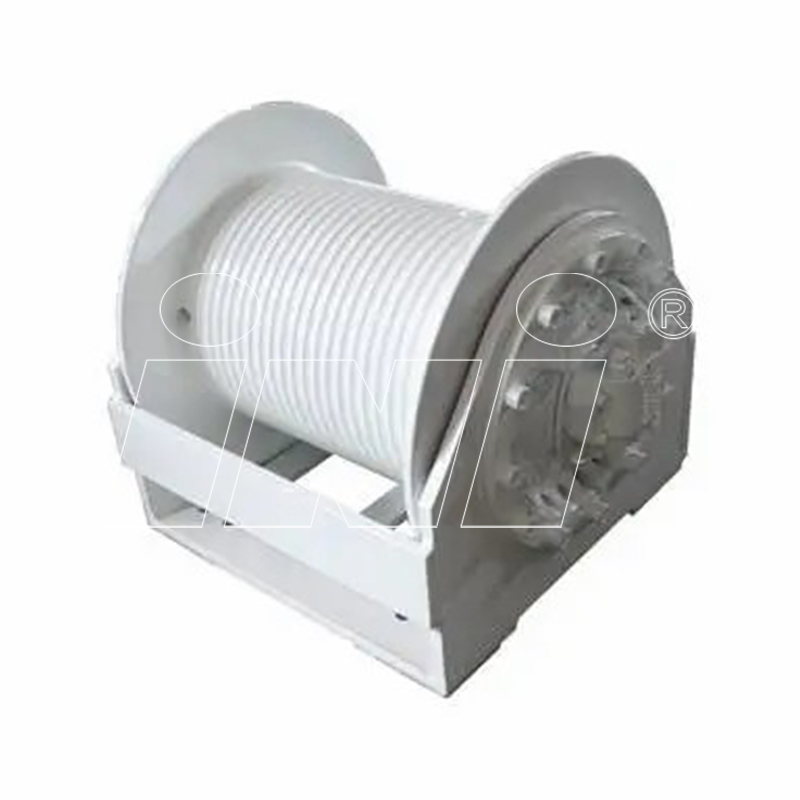
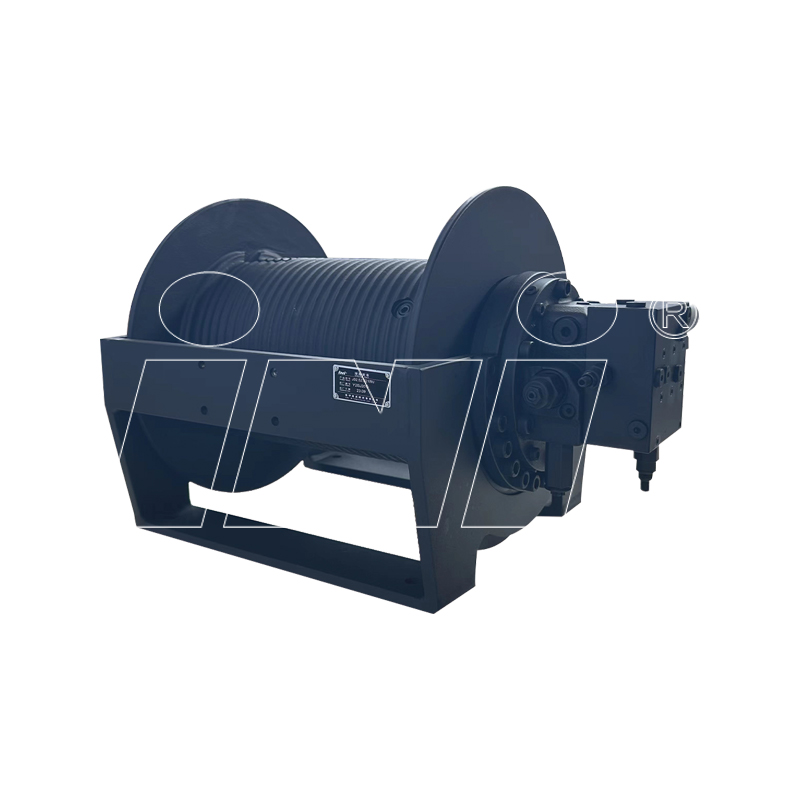
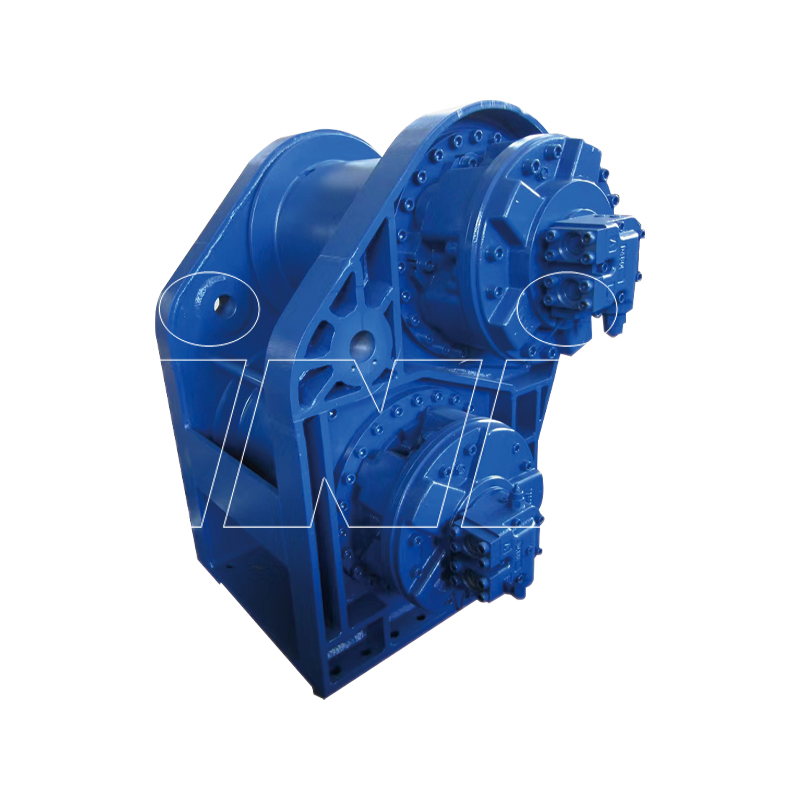

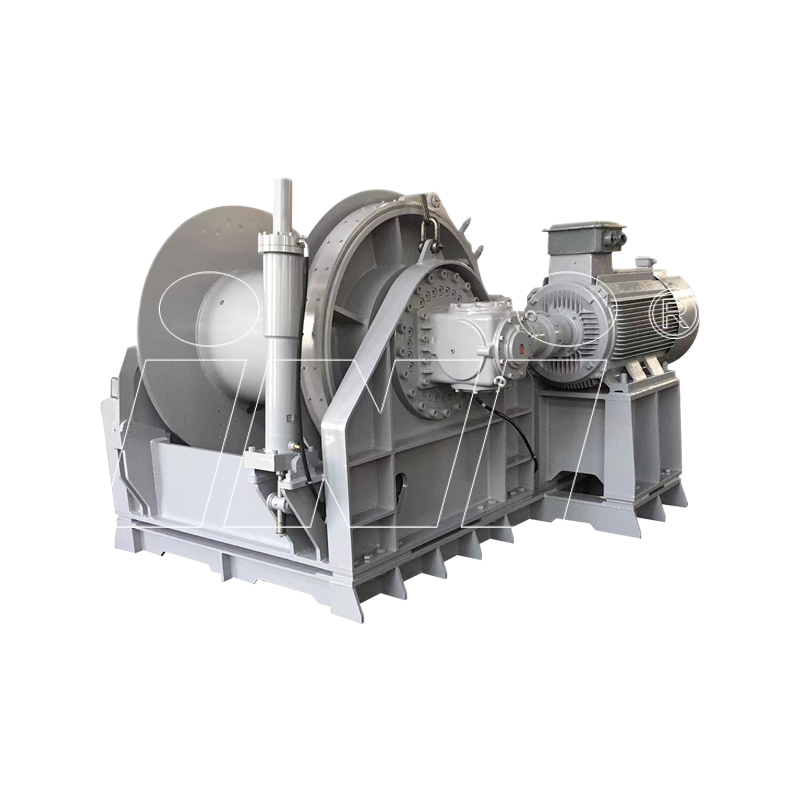

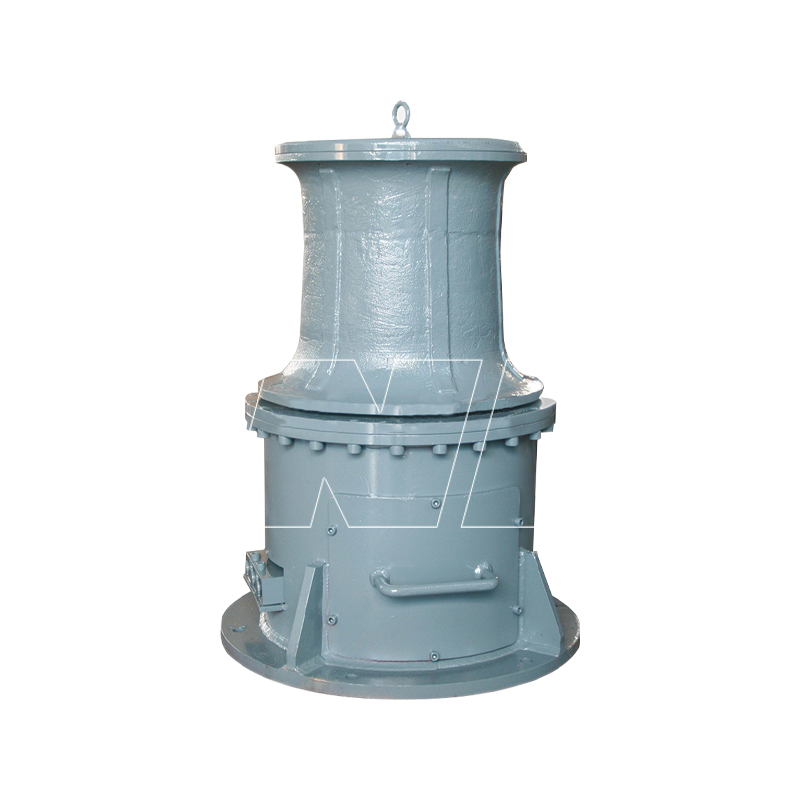
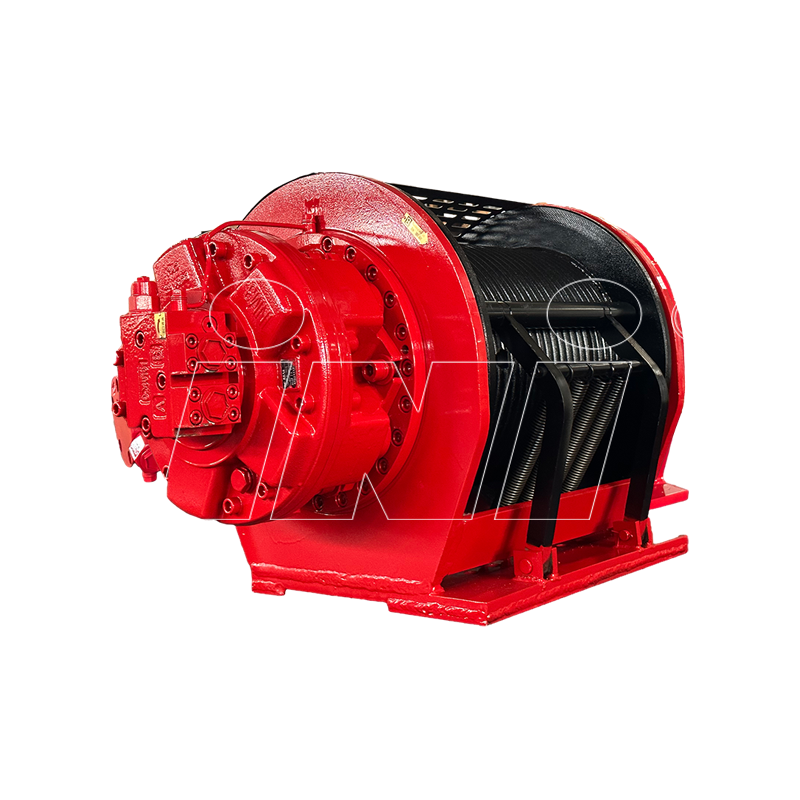
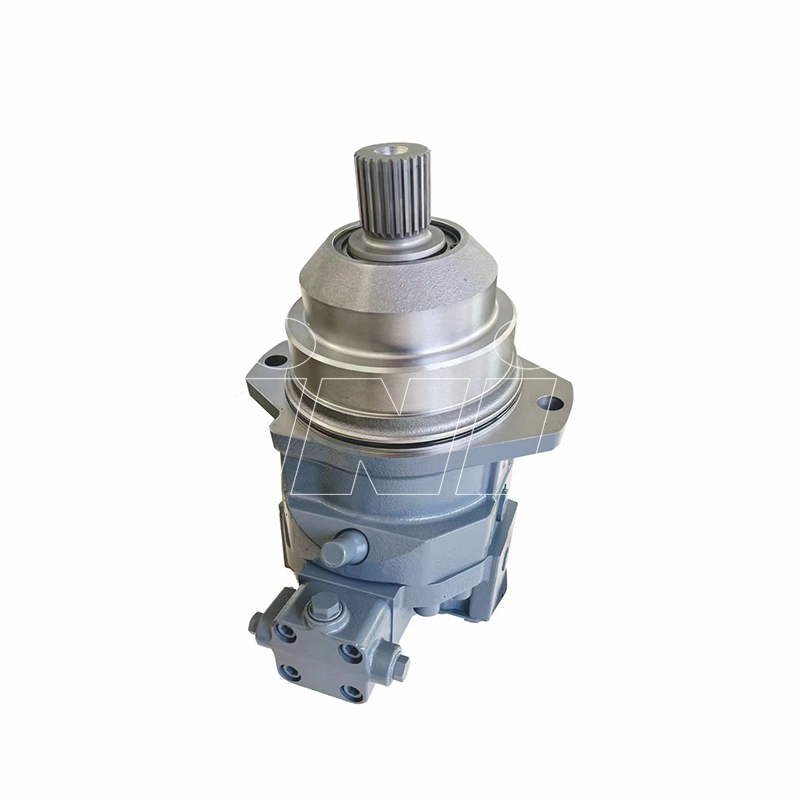

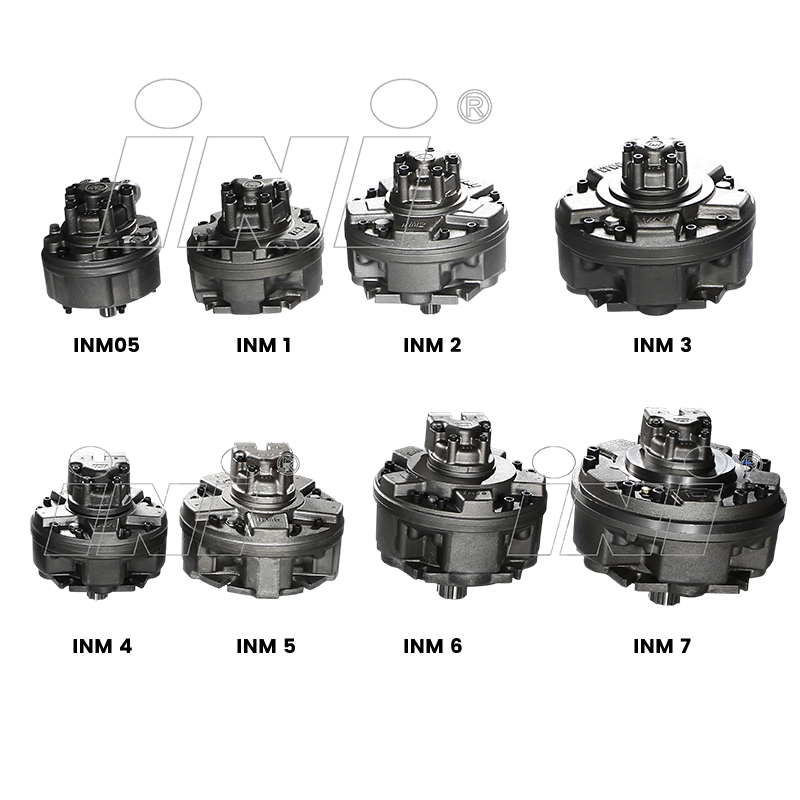

 English
English русский
русский Español
Español
 TOP
TOP